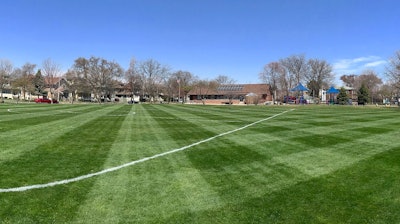
Other industries that utilize fertilizers on a regular basis are routinely using soil and tissue testing to better manage fertilizer costs while improving results and reducing environmental impact. Is the green industry missing an opportunity to better manage their businesses?
There are two key obstacles facing the green industries today regarding fertilizer use, increasing cost of fertilizer and a greater desire by the property owners to leave a smaller environmental footprint by using overall less fertilizer. While some cities and local regulations have restricted phosphorus fertilizer use, the actual fertilizer rate recommendations will comfortably meet turf nutritional needs. The regulations are designed to avoid blind phosphorus applications, not to restrict those prescribed by soil test results.
In many cases the customer’s desire for reduced synthetic fertilizer use outpaces state or local regulations. The increasing environmental awareness of the customer base, customizing fertilizer applications to what is specifically needed by using a routine soil test as your guide, can be a profitable route to travel.
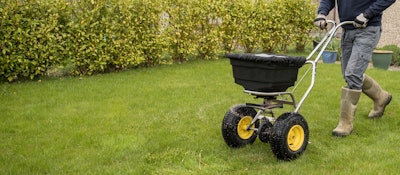
Fertilizer Trends
Fertilizer cost has been steadily increasing with increased world demand for fertilizer, improved markets in the agricultural sector, increased industrial demand for non-vegetation growth uses and supply chain disruptions in 2020, which has led to significant increases in fertilizer prices.
The cost of two fertilizer materials commonly used in lawn and landscape fertilizers, potash (potassium) and urea (nitrogen) have increased in price by 17% and 25% respectively in the past year (DTN LLC Retail Fertilizer Price Report April 2021). While phosphate fertilizers are used very sparingly in the green industries, phosphate fertilizer prices have increased 50-60% in the same time period.
Many of the states with phosphate lawn fertilizer restrictions will allow the use of phosphate fertilizers recommended based on soil test result. The practice of using robust nitrogen applications overcome potential soil nutrient deficiencies is becoming less cost effective and can lead to secondary implications. The cost of a basic soil test (or two) is less than a bag of fertilizer and is good for two to four years.
Are your warranty claims for new installations higher than you would like? Soil testing before installation and at the time of a warranty claim can help reduce warranty costs. Soil sampling before installation can help avoid failures before they happen and help identify challenges in the event a failure occurs before replanting, possibly leading to a second failure.
Adding compost, topsoil and fertilizer to the hole when installing plants can help ensure plant establishment, but do you need all of it? Is it enough? Perhaps a different species would be a better fit for the soil conditions. In some cases, the most cost-effective route for a site is to replace native soil with topsoil or a blended soil. Soil tests can help guide all these decisions.
 Jamie Bultemeier
Jamie Bultemeier
How to Collect Soil Samples
What does it take to collect soil samples? Not much. A quality compact soil probe can be purchased for less than $125 and the soil bags are usually provided free of charge by most soil laboratories. The key to getting a soil testing program off the ground is to search out a soil lab that provides the services you need, has a reputation for quality and has an accessible staff that you like to work with.
The cost for soil sample analysis is built a lot like your fee structure, the more you ask the lab to do, the more it will cost. If you can make the fertilizer recommendations from the raw soil test values using reference books or your own knowledge, the soil test cost can be very economical. Some labs will provide nutrient recommendations, how many pounds of nitrogen, phosphorus, or potassium per 1,000 square feet, while other labs will even make product or application recommendations for an additional fee. Tying traditional soil test results and recommendations with biological- or organic-based fertilizer products can set you apart from the competition in the market place.
As a green industry professional, how to you differentiate yourself and your services apart from the person down the road? Is it the professional appearance of your uniform and vehicles? Is it the work ethic and professionalism of your staff? Or do you take the time to customize a plan to meet the actual property needs, rather than relying on experience from maintaining other properties in the area?
If you were to ask your competitors if they routinely collect soil samples to direct their lawn and landscape fertility plans, how many would say yes? Would you say yes? There is a surprising small segment of the green industry that take the time to start with a soil test. Most reports indicate less than 5% of professionals are taking the time to proactively collect a soil sample on a routine basis to guide the turf and landscape management. Soil testing can take the guess work out of achieving that result the customer is looking for. If you are installing plant material or applying fertilizer without a soil test you are gambling with the reputation and profitability of your company. The age-old phase still rings true, “don’t guess, soil test.”


![Doosan Bobcat Wacker Neuson Stack 2ec Js Pb V6e[1]](https://img.greenindustrypros.com/mindful/acbm/workspaces/default/uploads/2025/12/doosan-bobcat-wacker-neuson-stack2ecjspbv6e1.CPyyz8ubHn.png?auto=format%2Ccompress&bg=fff&fill-color=fff&fit=fill&h=100&q=70&w=100)


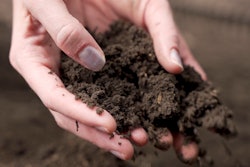
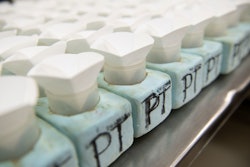

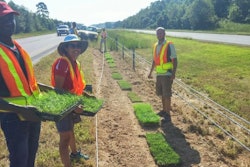


![Doosan Bobcat Wacker Neuson Stack 2ec Js Pb V6e[1]](https://img.greenindustrypros.com/mindful/acbm/workspaces/default/uploads/2025/12/doosan-bobcat-wacker-neuson-stack2ecjspbv6e1.CPyyz8ubHn.png?ar=16%3A9&auto=format%2Ccompress&bg=fff&fill-color=fff&fit=fill&h=135&q=70&w=240)








